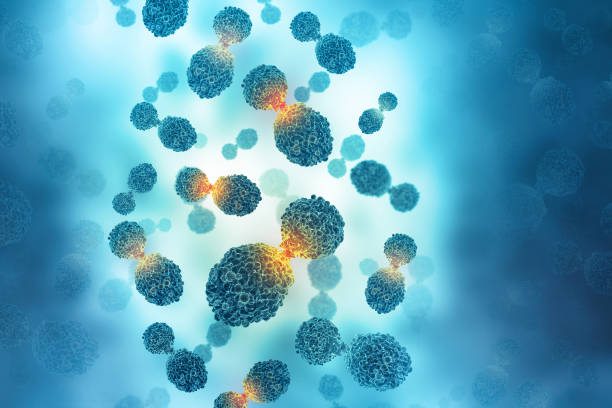Taking the right medicine is not always enough to cure a disease. When you take the medicine, it matters too. Just like our body has a daily sleep-wake cycle, our cells operate on a similar clock. Throughout the day, the levels and activity of molecules in our cells rise and fall as part of the body’s internal clock, influencing how cells respond to signals and treatments. There are specific times of day when a drug target may be more vulnerable and responsive to medication, potentially enhancing the effectiveness of the medication. Chronotherapy is an emerging treatment approach that identifies when drug targets are most vulnerable, allowing medicine to be given at the most effective time.
In cancer, where cell division is uncontrolled, confirming whether the cell’s internal clock influences the cell cycle is key for chronotherapy, a topic that was previously debated. While some studies suggest the circadian clock controls the cell cycle, others propose the opposite, and a few find no strong link between them. A recent computational study from NCBS explored a strategy to detect clock’s control over the cell cycle. Findings of this research provide new evidence for circadian clock control over the cell cycle and clarify potential reasons behind the conflicting results in previous studies, offering valuable insights that could enhance the effectiveness of chronotherapy-based cancer treatments.
Cells have gene networks, which involve chemical reactions that are essential for the clock and cell cycle to function. The research team conducted a stochastic simulation based on the known genetic network common to all mammalian cells. “We built a computer simulation where a cell’s progress through the cell cycle depended on the concentration of certain key proteins. These changes in protein levels were modeled as chemical reaction networks – basically treating gene activity and protein interactions like chemical reactions. We then adjusted how much influence the circadian clock might have on these proteins and observed what effect, if any, that had on the cell cycle,” says Anjoom Nikhat, the lead author of the study.
Even though some studies showed the clock’s control over cell division, how much influence it has was still unclear. The present study looked into a natural phenomenon called ‘cousin-mother inequality’. This is a pattern, observed in various cell types, where cousin cells – those born from sister cells – tend to divide at more similar times than a mother and its daughter cell. When the clock within the simulated cells was deactivated using a clock inhibitor (KL001), this pattern was disrupted. This suggests there may be a hidden rhythm, like the body’s internal clock, influencing when cells divide.
Nikhat and team argue that the circadian clock controls the cell cycle only when the total duration of the cell cycle falls between 12 to 22 hours. These cells exhibit the cousin-mother inequality pattern. To back up their claim, the team found that past studies supporting clock control over cell cycle involved cells with similar cycle durations.
“We’re not sure why clock control over the cell cycle is only present in these types of cells. We’re still investigating,” says Nikhat.
“The first step towards using chronotherapy for cancer treatment was to confirm whether the biological clock indeed regulates the cell cycle — a question that had sparked debates in the scientific community. This research brings clarity by suggesting that control of the cell cycle by the internal clock does exist, but can be detected via measuring the cousin–mother inequality only when the duration of the cell cycle falls within a specific range,” says Dr. Shaon Chakrabarti, the principal investigator of the study.









0 Comments